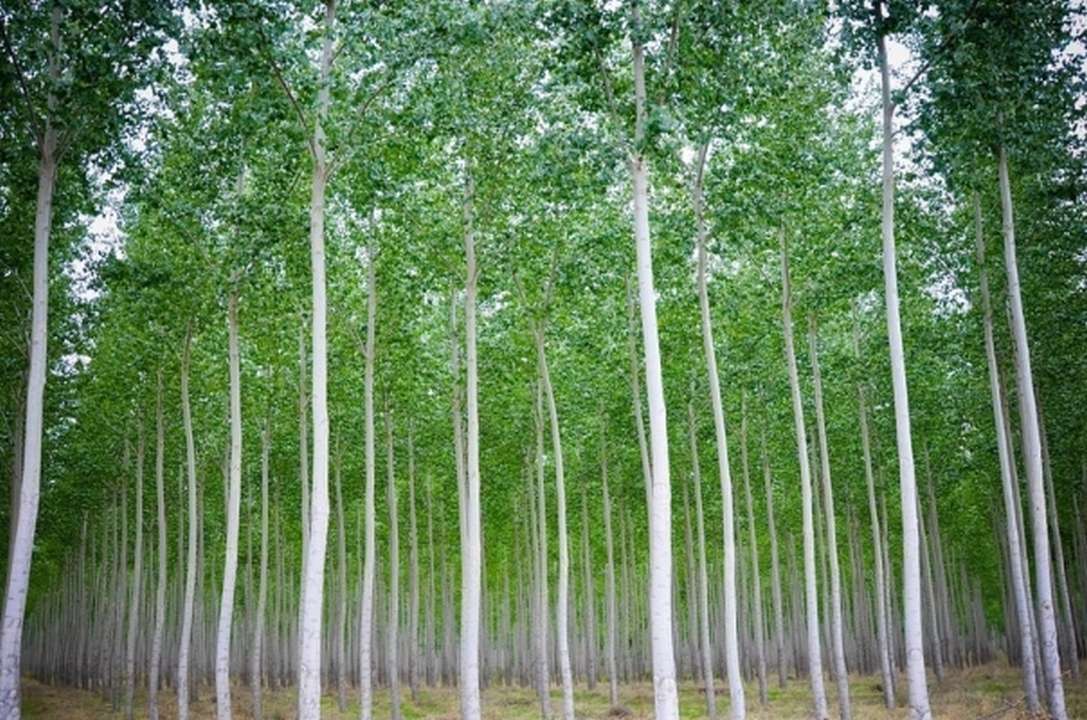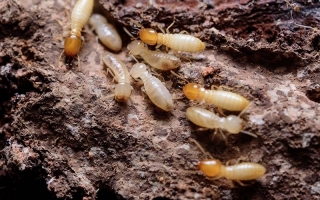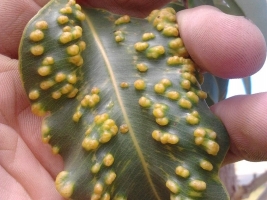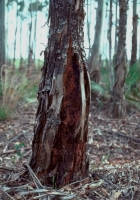General Information
Eucalyptus belongs to family of Myrtaceae with 300 species of genus. It is a native of Australia and Tasmania. It is fast growing tree in world and attained great height (one of its species attained height of 480 feet). It is also known as gum tree, nilgiri tree or safeda. It is planted for fuel wood, poles, timber, and biomass and for essential oil purpose. Essential oil of Eucalyptus has special space in Ayurveda Treatment. Also it is good source of nectar for honey bees. Major eucalyptus growing states are Andhra Pradesh, Bihar, Goa, Gujarat, Punjab and Haryana, Madhya Pradesh, Maharashtra, Uttar Pradesh, Tamil Nadu, Kerala, West Bengal and Karnataka.























